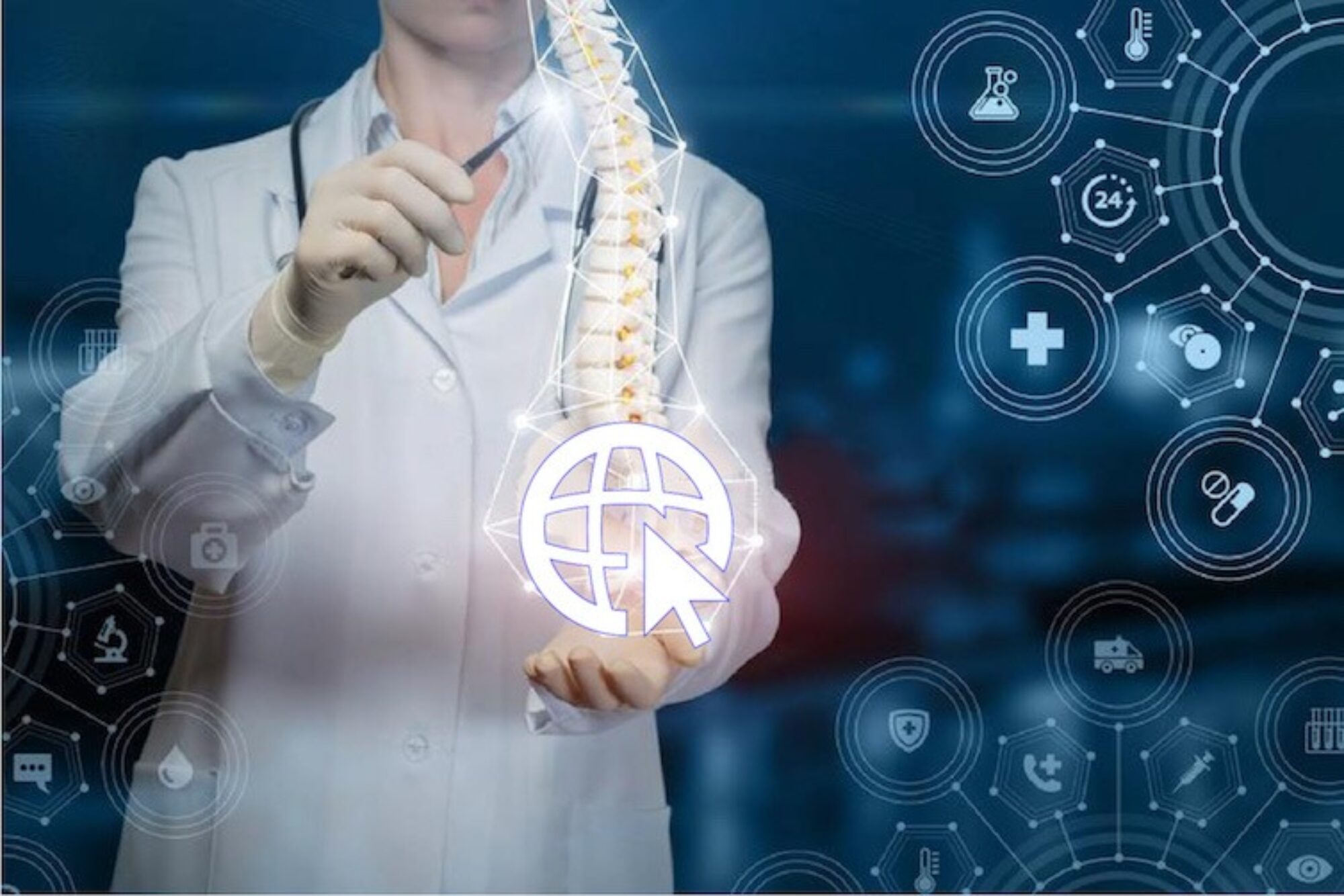Cervical Trauma in Cases of Whiplash and Concussion
Cervical injury can lead to devastating outcomes, such as immobility due to stiffness of joints, loss of sensations or paralysis of limbs due to damage to the spinal cord, and pain due to the impingement of nerves. To be able to understand how these injuries come about and what can be done to prevent them, it is important to understand first how the cervical spine moves and secondly how different forces can disrupt the stability of the cervical joints.
Functional Anatomy and Mechanical Motion of the Cervical Spine
The first cervical vertebrae (C1) is known as the atlas and meets the condyles of the occipital part of the skull above. Only flexion (80-90 °) and extension (70 °) are possible at the atlanto-occipital joint. Rotation and lateral flexion cannot be accomplished due to the condyles of the occiput deeply fitting within the atlantal sockets, all covered with a tight joint capsule.
Instead rotational (up to 90 °) is done at the atlanto-axial joint below, between the atlas and axis (C2). The odontoid process of the axis rests on the anterior arch formed by the atlas and is held in place with the help of several ligaments. Both the atlas and the skull rotate in unison above the axis; however, flexion and extension occur differently at the atlantoaxial joint. Because the superior facets of the atlas are concave and inferior facets of the axis are convex, the former undergoes translational movement by sliding on the latter. This bi-concavity leads to a ‘reversal’ of movement .
When the cervical spine extends, the atlas flexes, and when the cervical spine flexes, the altas extends. This is also because the line of compression deviates either in front of or behind the instantaneous center of rotation [ICR] of the vertebrae (Figure 1). If the compression is in front, the atlas flexes; if it is behind, then the atlas extends. This holds for the vertebrae below the axis, which form a saddle joint with each other. If the cervical spine moves into extension, but the line of force passes in front of the ICR, then that vertebra will flex. On the other hand, lateral flexion is restricted between vertebrae but occurs as a combined movement of the cervical column (20-45 °). This movement plays a large part in injury[1][2][3].
Biomechanics of Injury
The complexity of the cervical joints as explained above is important to note because sudden head movement after an injury does not reflect the severity nor actual movement of the cervical joints of the spine. Moreover, athletes may not immediately complain of any symptom or show any sign of injury, which makes identifying the damage difficult. For example, a horizontal displacement of one cervical vertebra of more than 3.5mm can lead to instability, but this cannot be appreciated on the field during the sport. Major injuries involving the spinal cord can present with shock almost immediately. Below we look at the different mechanisms involved that can disrupt the stability of the cervical spine.
1.) Axial Loading/Impacts
This occurs when the head and neck are flexed to approximately 30 and the head is hit directly on the crown or top of the head. The cervical spine is sandwiched between the incoming force and the compressive load from the torso. In games such as football, the impact is cushioned by helmets, but even they have small absorption limits, beyond which the head flings back after contact. This sudden movement further increases compressive loads causing soft and hard tissue to fail (at 3340 N and above) [4][5].
2.) Cervical Buckling
A temporary deformation is caused by compressive forces during axial loading in the cervical spine. To release the extra strain energy produced by the axial loading, this buckling causes massive angulations inside the cervical spine, which results in a disruption of stability [6] (Figure 2).
3.) Head Orientation & Padded Surface
The position of the head and whether it is covered with a layer of padding or not can affect the outcome of an injury-inducing force. A research paper evaluated such a response in cadavers to axial impacts, by varying the orientation of the head to receive impact anterior to the vertex (middle point of the head), at the vertex, or posterior to the vertex of the head. Impacts at the vertex or in front of it lead to greater injury, but not so from impacts posterior to the vertex.
The same study repeated the experiment with a padded surface on the specimen. Regardless of the orientation, while impact forces decreased, more forces in the neck arose, leading to more severe injuries than in a non-padded scenario. This is because paddings increase impulse, where forces can be felt for a longer period [6].
4. ) Whiplash
While mostly experienced in car accidents, the mechanism involves compressive forces that arise from below the cervical spine instead of above. When hit from the back (e.g car rear-ended, tackled from behind, etc), the hips and trunk move forward and upward, pushing on the cervical spine. Combined with the forward movement of the trunk, this causes the head to hyperextend, causing buckling of the lower cervical vertebrae [7]
REFERENCES
- Windle WF, editor. The spinal cord and its reaction to traumatic injury: anatomy, physiology, pharmacology, therapeutics. M. Dekker; 1980.
- Bogduk N, Mercer S. Biomechanics of the cervical spine. I: Normal kinematics. Clinical biomechanics. 2000 Nov 1;15(9):633-48.
- Penning L. Kinematics of cervical spine injury. European Spine Journal. 1995 Apr;4(2):126-32.
- Nightingale RW, McElhaney JH, Richardson WJ, Best TM, Myers BS. Experimental impact injury to the cervical spine: relating motion of the head and the mechanism of injury. JBJS. 1996 Mar 1;78(3):412-21.
- Nightingale RW, Richardson WJ, Myers BS. The effects of padded surfaces on the risk for cervical spine injury. Spine. 1997 Oct 15;22(20):2380-7.
- Nightingale RW, Camacho DL, Armstrong AJ, Robinette JJ, Myers BS. Inertial properties and loading rates affect buckling modes and injury mechanisms in the cervical spine. Journal of biomechanics. 2000 Feb 1;33(2):191-7.
- Stemper BD, Yoganandan N, Pintar FA. Intervertebral rotations as a function of rear impact loading. Biomedical sciences instrumentation. 2002 Jan 1;38:227-31.

